Submitted by Momoh Kakulatombo
Mashambas Skyscraper Balances A Vision Of The Future Of Traditional Farming In Sub-Saharan Africa
Kenya Architecture News - Nov 12, 2017 - 14:56 26027 views
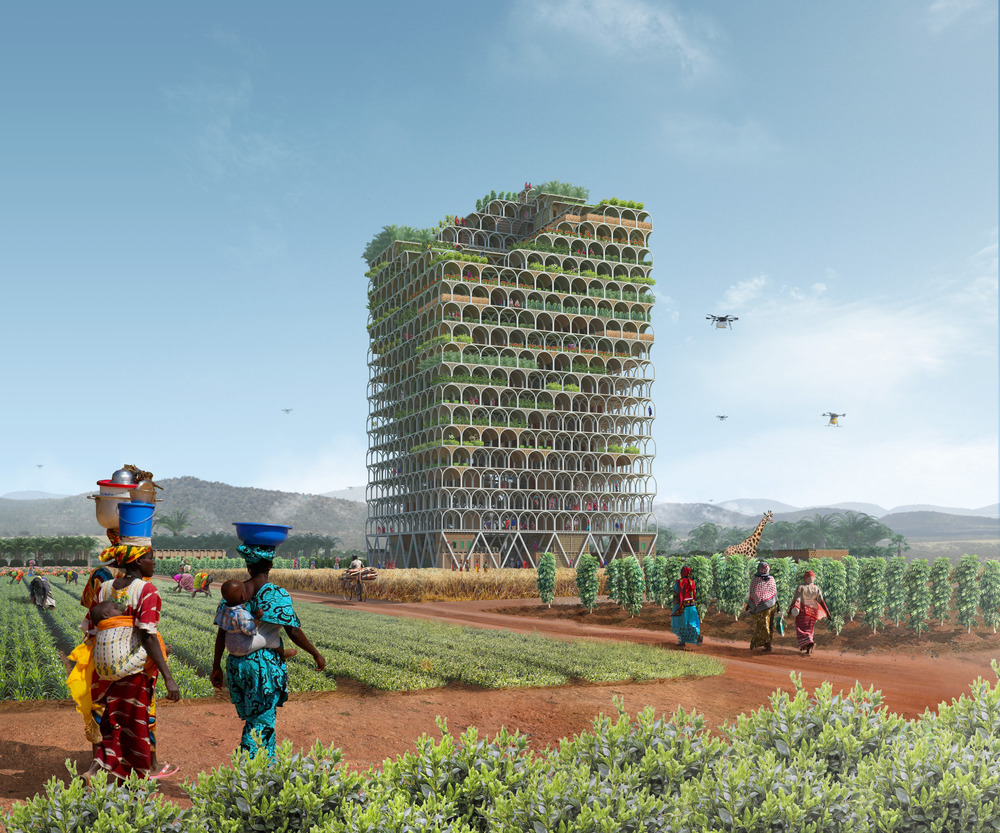
Standing on a ridge in Highlands Kenya, an exquisitely leafy scenery fills your panoramic vista. The Highland terrains in central and western Kenya break and join in formations like nowhere else in Kenya - indeed, these areas lie on the Great Rift Valley. These surroundings are home to about three quarters of Kenya's total population.
The familiar signs of life spread in view tell us about the lives inhabitants lead here; some plot lines of barbed wire which divide green, flourishing parcels of land. Houses of stone block and aged timber stand out in grey color, contrasting with the bright blue or brick red finish and plain metallic aluminum roofing twinkle under the equatorial sun as daytime stars would. The livelihoods of inhabitants here are land based. Above a universal and temporary structure overlooks a daily scene of progressing farming life.
The design is the creative work of Ggrupa, an architecture design firm out of Poland. It won first place in the 2017 eVolo Skyscraper Competition with a compelling proposal for "a modular and capacity-responsive skyscraper conceived as an educational center and marketplace for traditional farming communities in sub-Saharan Africa," covered here by the World Architecture Community.

'Mashambas' is a Swahili word meaning 'farms/farmstead' – the letter "s" at the end is an anglicization of the Swahili word. Ggrupa’s focus revolved around small-scale farmer’s opportunities and challenges to asserting those needs in modern sub-Saharan Africa.
The designers based their projections upon the context of Manyoni, a town in central Tanzania. However, it is a scenario involving socio-economic characteristics that resonate across borders into all nations in this region.
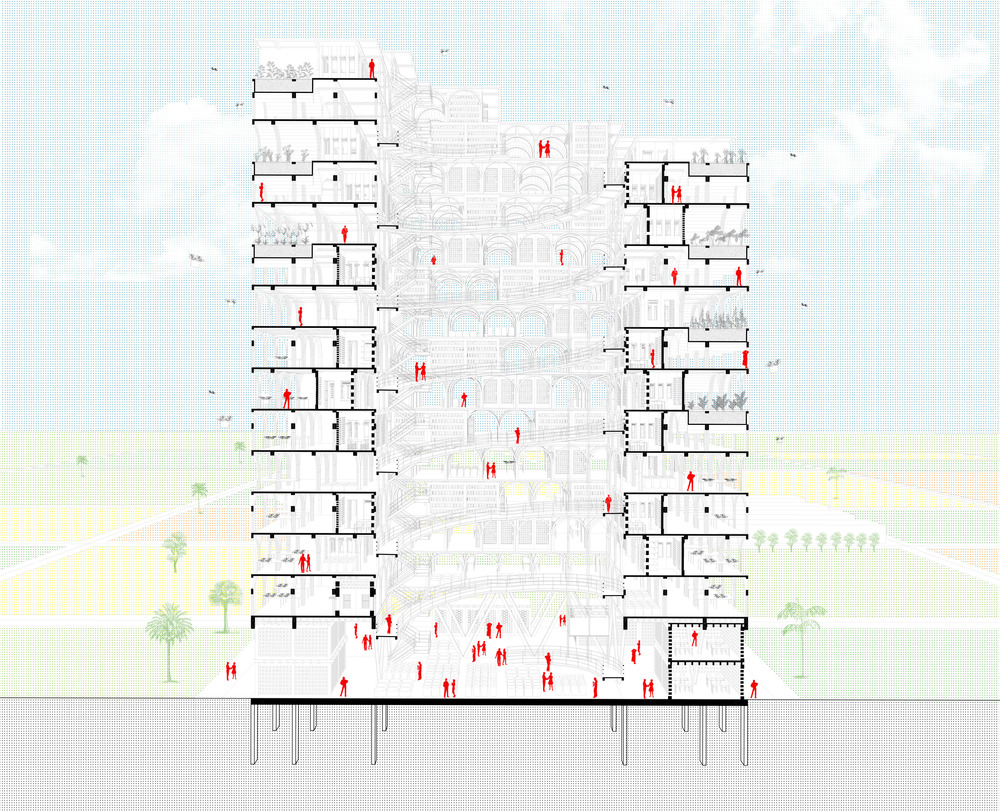
Mashambas' neat edifice is comprised of modular elements and invents its vertical articulation with precise arches. Vaulted openings of each floor expose the interior of this skyscraper. Learning spaces are found near the bright but well shaded core of the building. Floor space on the periphery is given to planting cycles of small fast maturing plant produce and beautiful vegetation.
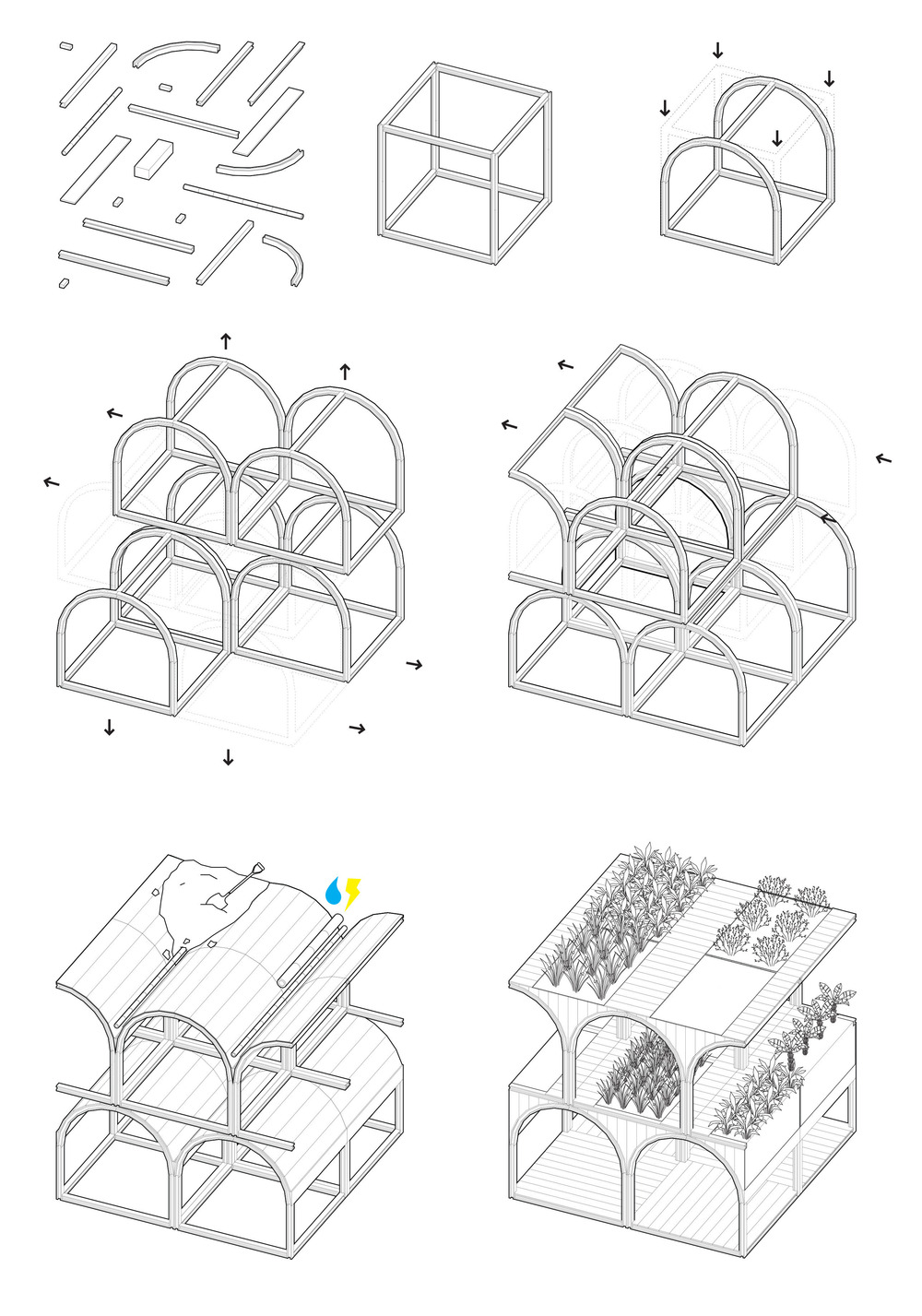
Traditionally, land resource use has been the mainstay for rural folks. A small holder farm may cultivate their farmland early in a year to harvest fruits and vegetables in the dry-season before rainfall occurs again, alongside activities of animal-rearing for either direct food preparation or auction.
Customary farming among African locals indicates that a strong, deep and intimate relationship to the land exists for them. Their livelihoods are land based. The late Nobel laureate Wangari Mathai's enduring legacy of engaging nature is a staunch reminder of this fact.
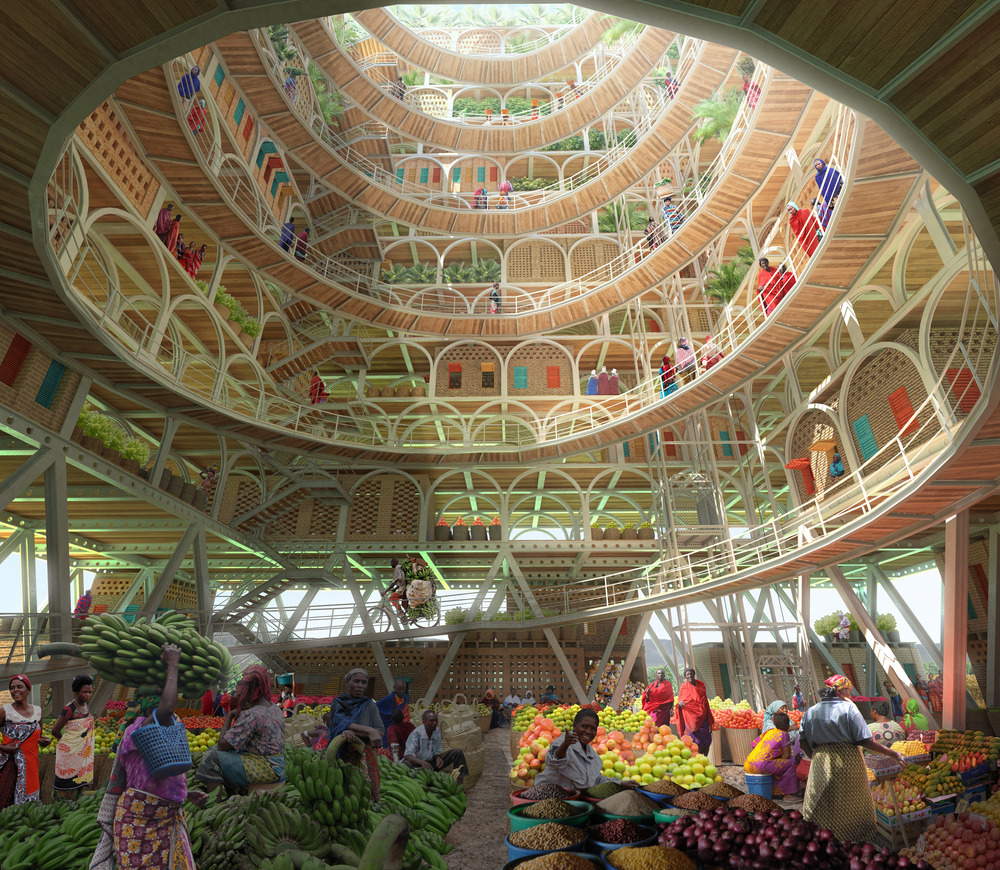
Successful African cultures exist here, because it started long ago; these individuals began to learn to work with their distinctive natural environment. The geography of sub-Saharan Africa is bordered by deserts - the Sahara and Sahel to the north, Kalahari and Namib to the south.
In between these lies a natural expanse of shrub, bush forest and grassland extending 3,500 miles from north to south and 2,000 miles from east to west end. In order to understand the distribution of native vegetation, agriculture, domestic livestock and wildlife in this locality of Africa, we must consider climate.
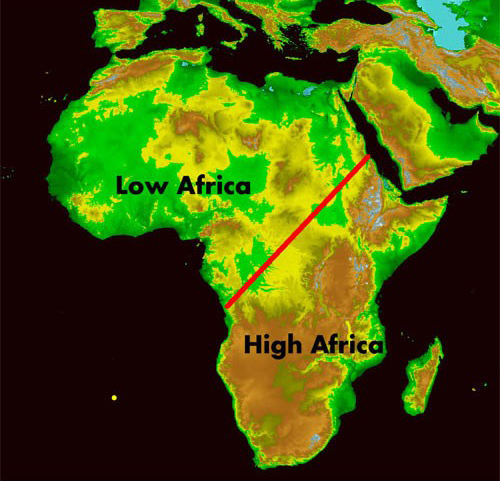
Image © University of Pennsylvania
Climate is modeled on the interaction of several interrelated factors; the most significant are altitude (topography) and rainfall. The most important component of climate is precipitation, because rainfall provides water for survival.
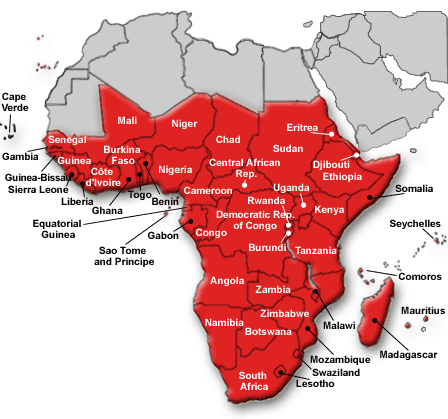
Image © World Bank Data

Image © Sahara Spirit
Climate in Africa can be predicted, most significantly, by distance from the equator. As distance increases, the duration, amount and reliability of precipitation decreases. The earliest human settlements in Modern Sahara - like Timbuktu, a wellspring of oral and written Islamic scholarship in 14th Century Africa - existed in part because they were the sites of desert oases where underground water could be harvested.
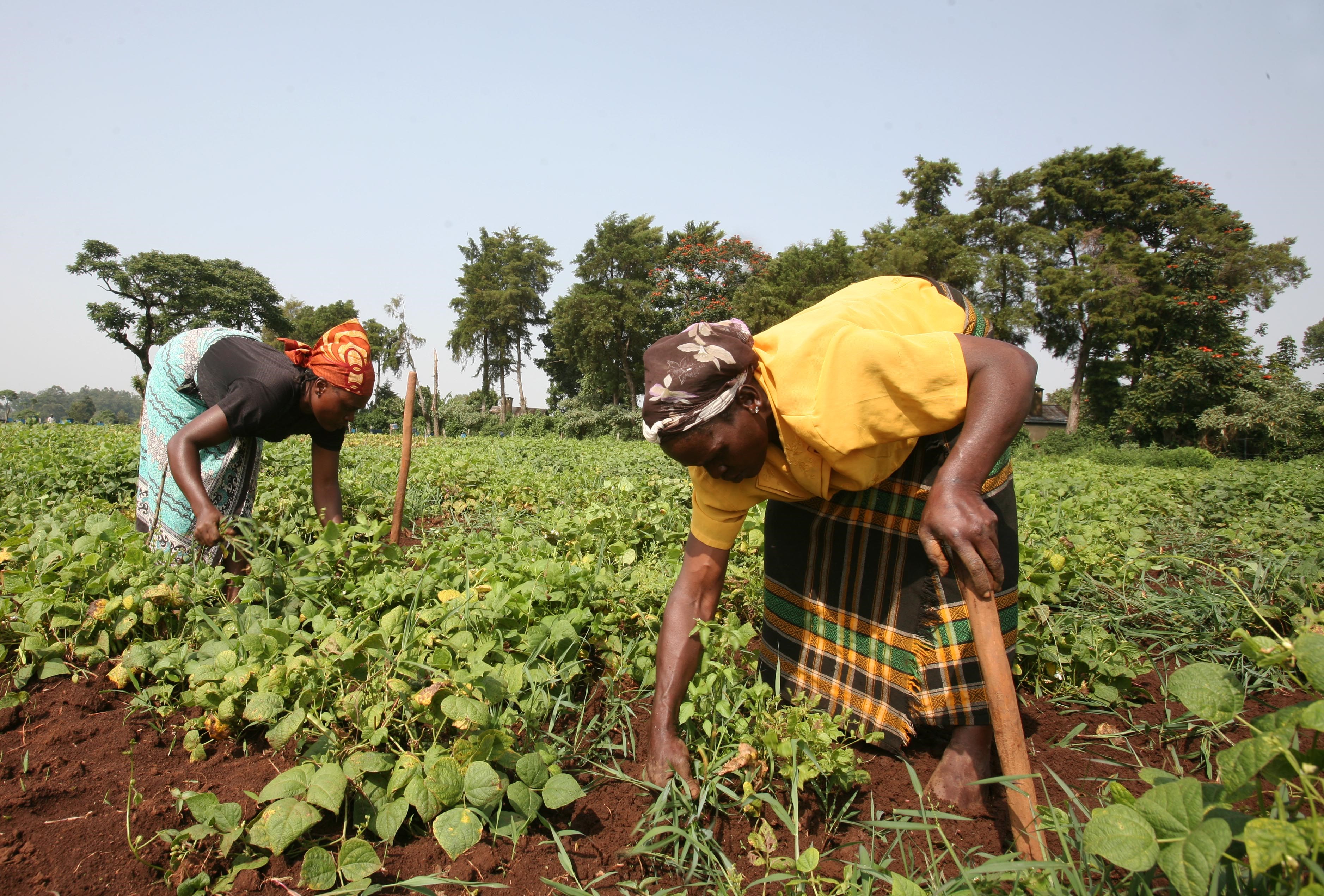
Image © Bill & Melinda Gates Foundation
Natural variations in the earth's climate can only turn extreme by the negative effects of human activity. We should care because the modern Sahara desert was not caused by human activity and yet the ancient Egyptians and other civilizations who settled along the Nile delta are consequences of spontaneous changes in climatic patterns.
So we are talking about climate change. We must continue to because global warming is one aspect of it that human activity has exacerbated causing damage the delicate ecosystems. Traditional farming processes that are not strategically advancing pose a risk to small-holder farmers' survival.
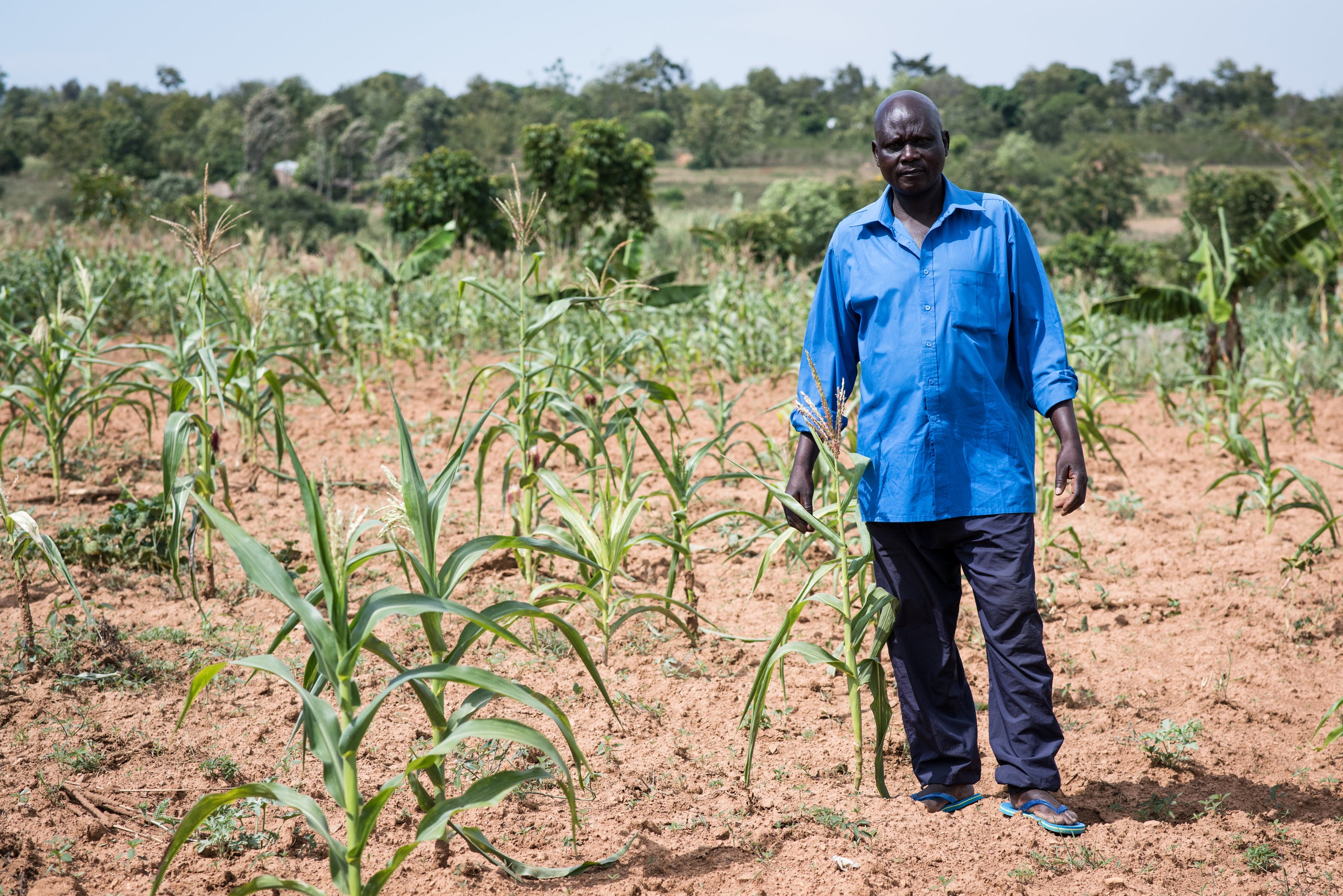
Image © One Acre Fund
One out of six people on Earth live in Africa right now and the population of Africa is rising rapidly. In fact, an article by Giles Pison via The Conversation reads that, "from an estimated 140 million in 1900, Africa’s population had grown to a billion by 2010". According to United Nations "medium scenario" projections, this figure will rise to 2.5 billion in 2050 and more than 4 billion in 2100 (see figure below). These same projections predict that the proportion will be one in four in 2050 and more than one in three in 2100.”
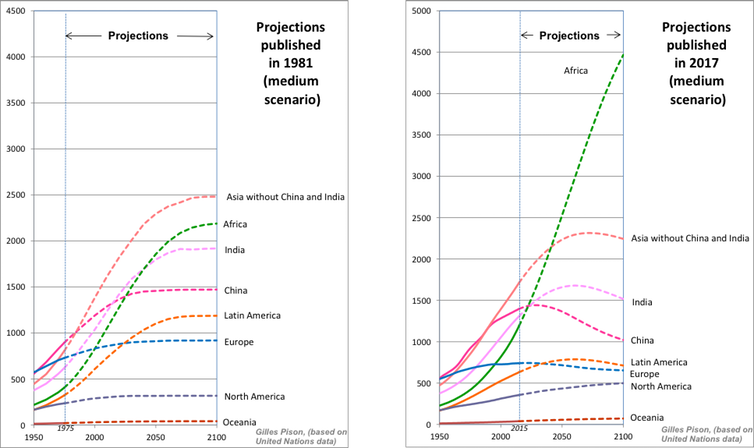
Infographic © Giles Pison (based on United Nations data)
Africa should not miss its priorities
Mashambas is a structure growing as long as the number of the participants is rising. For this project, to come to fruition - requires constant actionable database of farmers' socio-economic needs, the kind of information that government administration and International Aid, Donor or Grant Organizations collect and communicate through appropriate channels.
Raphael Obonyo, winner of the 2017 Pan African Humanitarian Award on social leadership and youth empowerment, has explored the responsibility of leaders, especially regarding the youth, in his book ‘Conversations about the Youth in Kenya.’ He rightfully asserts that, "every county is endowed with different economic resources and each call for different priorities. A county in North Eastern parts of Kenya, where water has been a huge challenge, may not have similar priorities to a highly productive county in the central province where farmers lose almost the entire crop during rainy seasons because they cannot take the crop to the market."

Image © Farm Biz Africa
In sub-Saharan Africa, investing in the local community’s particular capacity is a sustainable way of countering the ever-shifting relationship with the natural environment. Within Kenya, a recent example is the North Rift Economic Block (NOREB). NOREB is an economic policy agreement for neighboring county governments in a common geographic region to pool their available administrative assets to make better use of the different productive potential they possess.

On a smaller scale, Mashambas is a spatial intervention that harnesses collective power. The building’s lifecycle does not replace but instead merges with the user’s pace of life and efficiently utilizes the land resource they provide, making the most of the vertical dimensions of a skyscraper. It creates a local trading area, which keeps profits from leaving the microeconomy retaining flows of wealth improving the quality of life for small-holder farm owners.
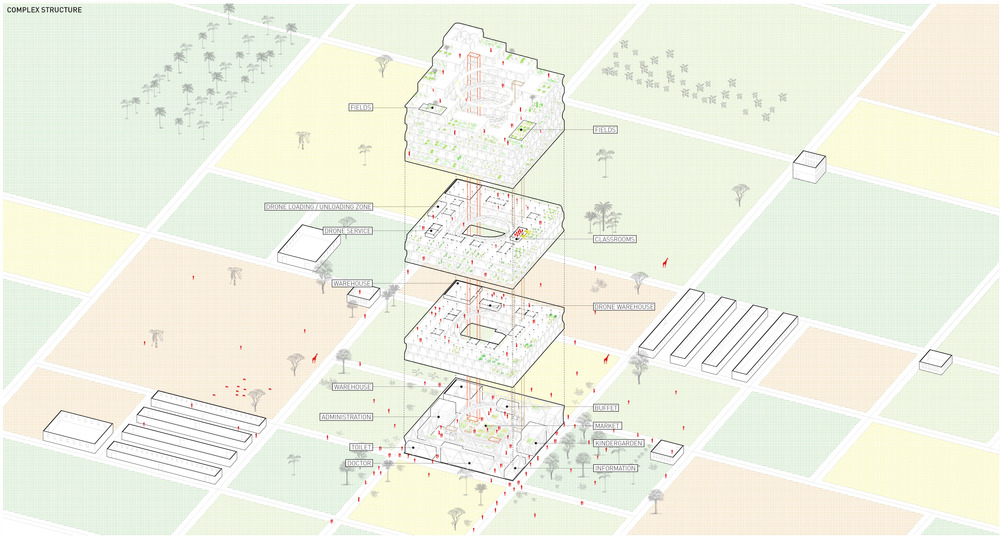
"We think that the main lesson we’ve learned while designing a building for this context is that education is the best way out of this bad situation. Educated people are able to quickly increase their yields and their income, educated people are able to bring their whole community out of poverty on their own, and finally, education makes the communities less vulnerable to exploitation," stated Mateusz Frankowski of Ggrupa.
Indeed, their design was developed as a creative partnership that empowers people. Training on agribusiness models, best practices in farming and the provision of modern farming implements are equally the deliverables of its realization.
One Acre Fund is one foundation whose activities and achievements have inspired Ggrupa. They primarily support farmers in growing maize and beans over one long season, with credit for both improved seed and fertilizer and frequent training. The Kenya program, launched in 2006 is One Acre Fund’s oldest program.
In 2016, they served over 190,000 farmers over the "long rains" season. One Acre Fund together with their target group operate as a civic mechanism and the predictable outcome of Mashambas is that it would provide for the physical and social needs of this activity.
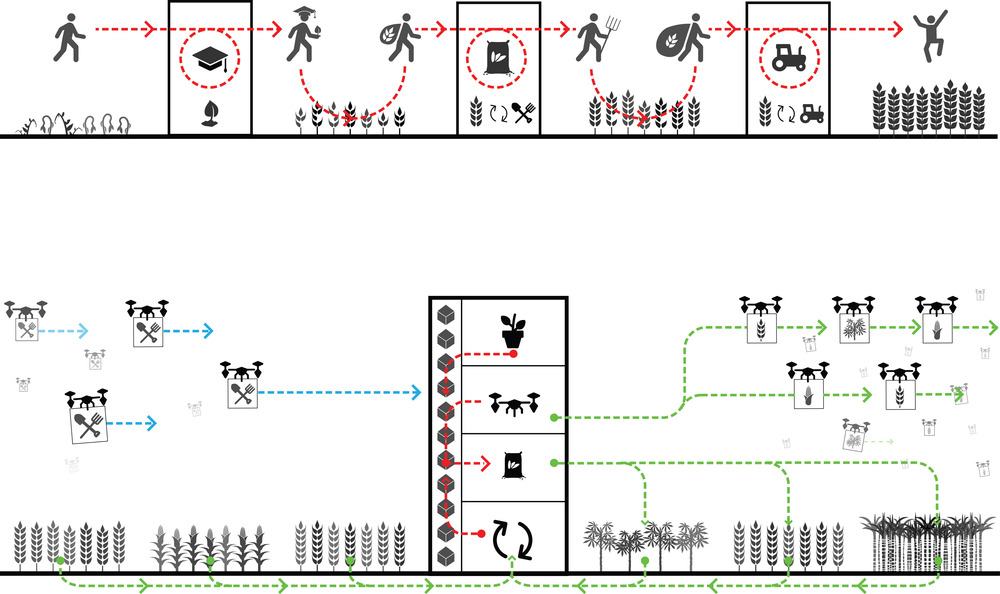
Hopeful projects like this should attract the attention of decision-makers to shift the economic importance of agriculture today and in the future. According to a U.N. Food and Agriculture Organization report, "the average age of farmers is about 60, despite the fact that 60 percent of Africa’s population is under 24 years of age." A wide generation gap means that African leaders face an urgent question of where to direct investment.
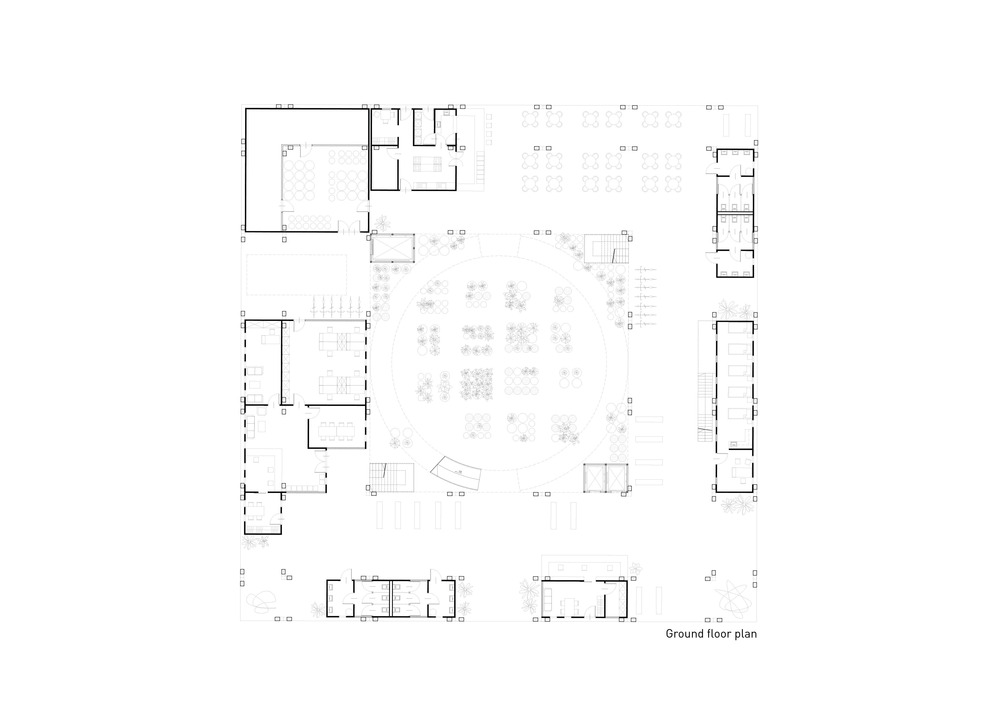
The benefits of scientific and technological progress coupled with political pressure limit the time there is to decide upon key targets for growth in a National vision. On the one hand, Ethiopia’s policy direction has resulted in a leap forward, where the continent’s largest Industrial Park was opened this year. Phase one of Hawassa Industrial Park has been completed with the aim of creating 60,000 direct jobs."
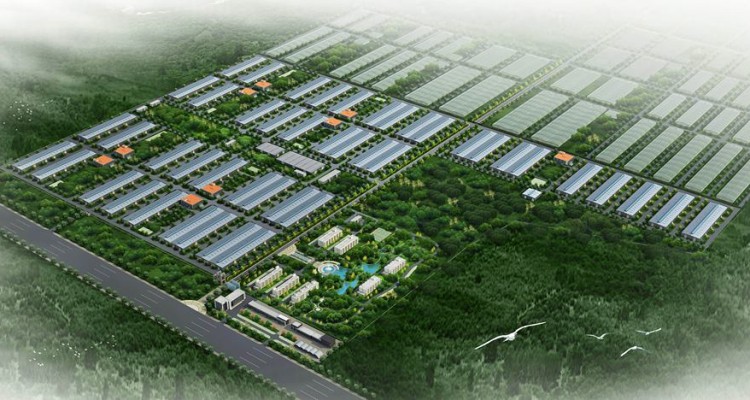
Image © Industrial Parks Development Corporation
On the other hand, optimistic views have been expressed about fortifying an agriculture base for Africa. Former Nigerian President Olusegun Obasanjo was quoted during an interview with Quartz saying that, he sees agribusiness as one of the few sectors that can create "the quantum of jobs needed for Africa’s youth," in September this year
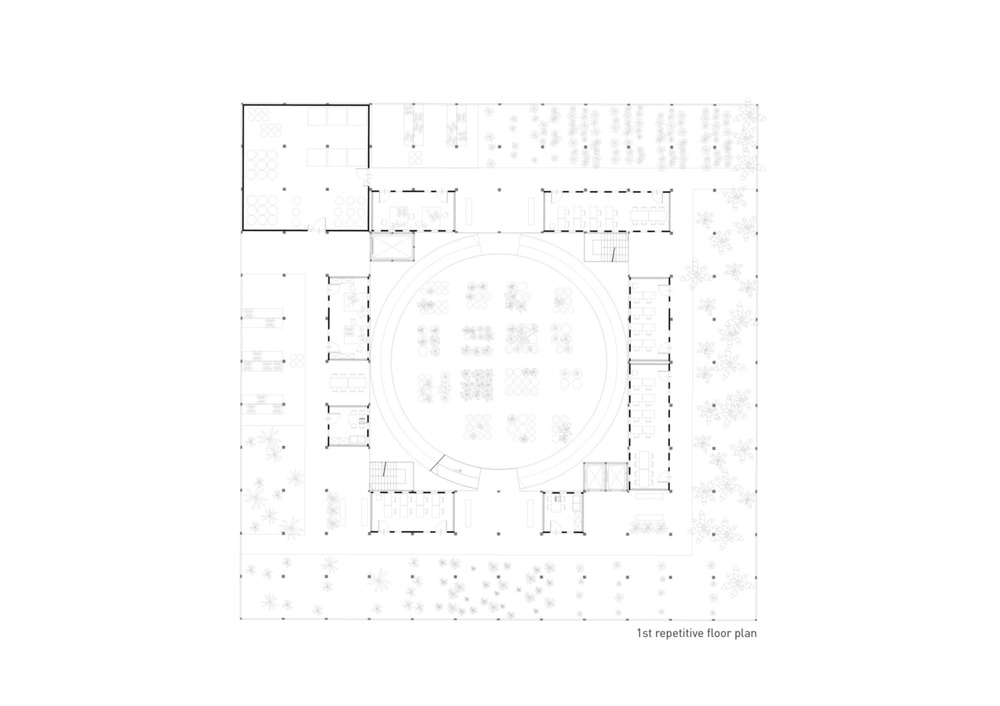
Furthermore, Kofi Annan made an earnest appeal to groundbreakers and entrepreneurs in Africa to leverage the potential of small-holder farmers’ activities in November this year. The former UN Secretary General referred to the example of the International Potato Centre operating in his native land of Ghana.
They unite with locals to achieve food security for poor people in root and tuber farming and food systems in the developing world. Their achievements are made through research and innovation in science and technology and capacity strengthening. Nevertheless, in the case of both outcomes, the issue is still up for debate.
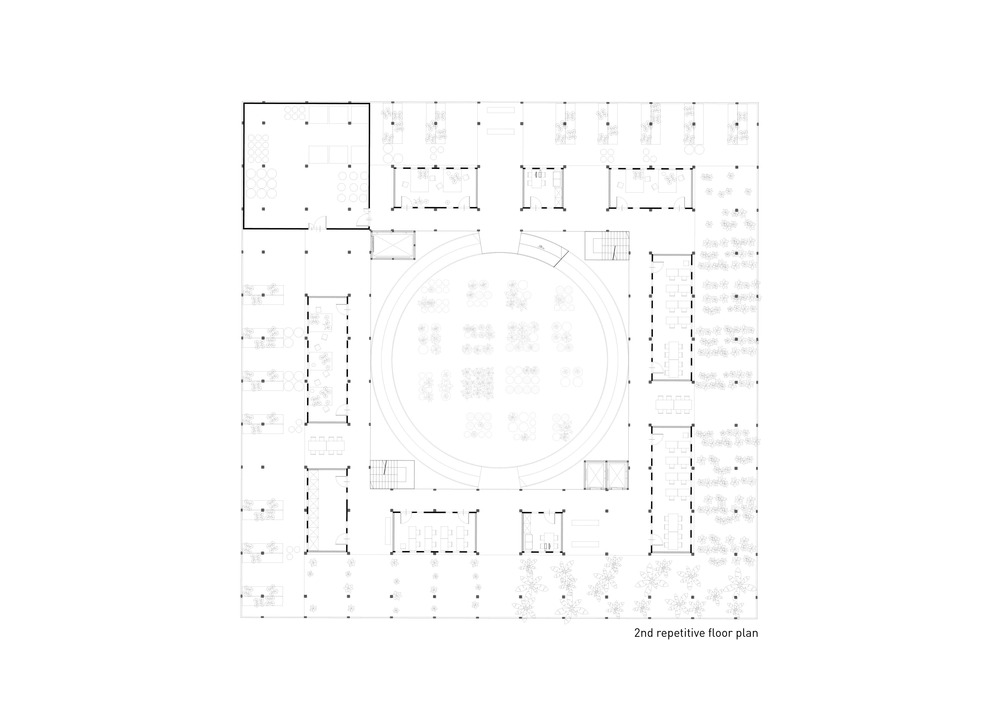 Mashambas Skyscraper sharpens a view of where agricultural expectations and architectural knowledge converge. Concentrating and cultivating grassroots ability is the phenomenal brilliance that boosts this award-winning project.
Mashambas Skyscraper sharpens a view of where agricultural expectations and architectural knowledge converge. Concentrating and cultivating grassroots ability is the phenomenal brilliance that boosts this award-winning project.
The pointed facts we know about Africa’s condition do not idealize a future on any bearing. However, the design of Mashambas is sensitive to the reality that Africa’s fertile farmland could not only feed its own growing population, it could also feed the whole world.
All images are courtesy of Ggrupa unless otherwise noted
> via Ggrupa
